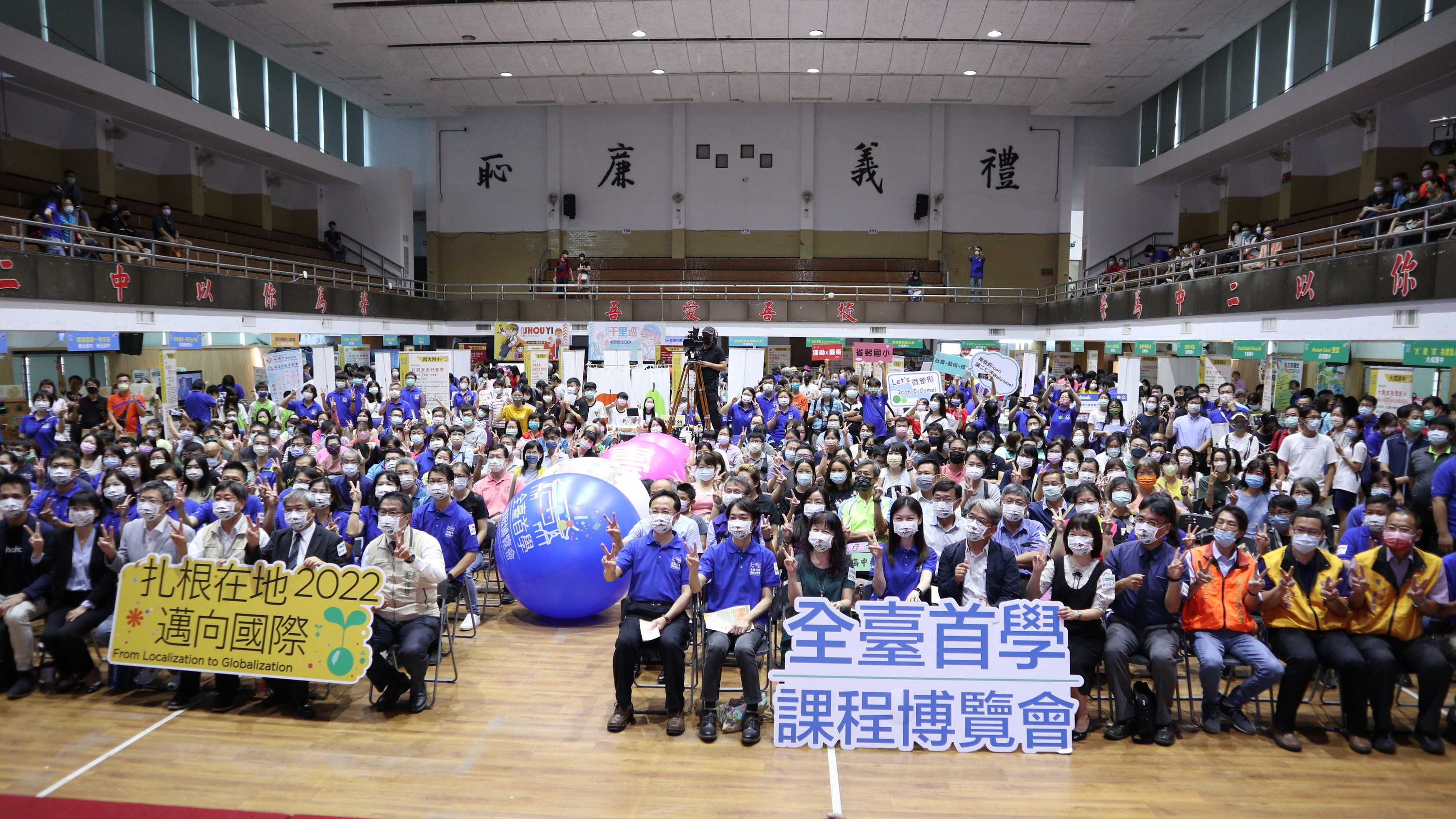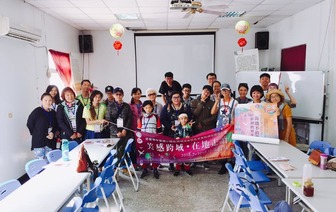Time: February 21, 106 (Tuesday)
Lecturer: Chen Liyu. Chen Liyu loves nature and likes to observe the lines and local features of flowers and plants. Chen Liyu fully expresses her observations in the creativity of indigo dyeing works. As a result, these beautiful flowers and plants appeared on gowns, scarves, pockets, and tablecloths, and were even made into exquisite handmade books, attracting everyone's attention. Later, Chen Liyu set up a "Zhi Gongfang" studio.
Location: Juren Junior High School Home Economics Classroom
Lecture content:
1. Campus plants - Juxiong is also suitable as a material for plant dyeing on Juren campus. The raw materials for our clothes also come from plants (Taiwanese organic cotton is produced in Puli), and the food ingredients are also obtained from plants. The wooden boats on Orchid Island are also obtained from wood. Today’s protagonist is the camphor tree. Before collecting, we should express our gratitude to the plants.
2. Parts of the dyeing materials - We extract the dyeing materials from the leaves, roots, stems, flowers, seeds, fruits and seed coats of plants. After collection, they are boiled. The water should cover the leaves when cooking. The cooking time varies depending on the parts. But there is a difference. After extraction, the leaves look like dead leaves, which can be left to dry.
3. Cooking process - use a stainless steel pot to cook. If the bark is hard, it needs to be chopped first and then processed. You can also use a juicer to break it. The Xianfeng grass can be made into juice for drinking.
4. Key points of mordant dyeing - the original color of plants does not have a good hair color effect, so mordant dyeing must be used as a medium to enhance the hair color. Soda ash, lime, wood ash, aluminum acetate, copper acetate, and iron acetate are all mordants.
5. Key points for folding fabric - do not dye the areas left blank in advance. Fold the fabric forward and backward, and then tie a rubber band to secure it. Then the whole piece is boiled in water, and only the four corners are exposed to the dye for mordant. Small flower pattern - Fold the triangle forward and backward, use wood chips to strengthen the shape, and then tie a rubber band to secure it.

Thoughts and feedback:
This lecture allowed students to follow the instructions. After the teacher explained, they folded cloth, tied dyeing, and heated plant dyes. However, because there were only two classes, the heating time was insufficient, resulting in the coloring result being too light, even after adding Mordants, which intensify the color, are still not effective.
Judging from this operation, there are several course directions that need to be slightly adjusted:
- Heating time accounts for a large proportion of variables in the process of dyeing fabrics. If you want to add the pattern design of the iron window grille later, the effect may be too light and not obvious, and you may need to find other methods to make it.
- Mordants are used as the medium for hair color. Several of them use "vinegar" as the basic element. What is the relationship between these substances and color? Students should be interested in learning more about it. Maybe it would be a good direction to find a natural teacher to join the course for cooperation.
- The original course design was to integrate with home economics, allowing students to dye and print by themselves, and apply it to clothing matching. So, does it have to be "scarf" dyeing as a presentation method? If you are not obsessed with plant dyeing, it should be easier to print the pattern with acrylic paint.



